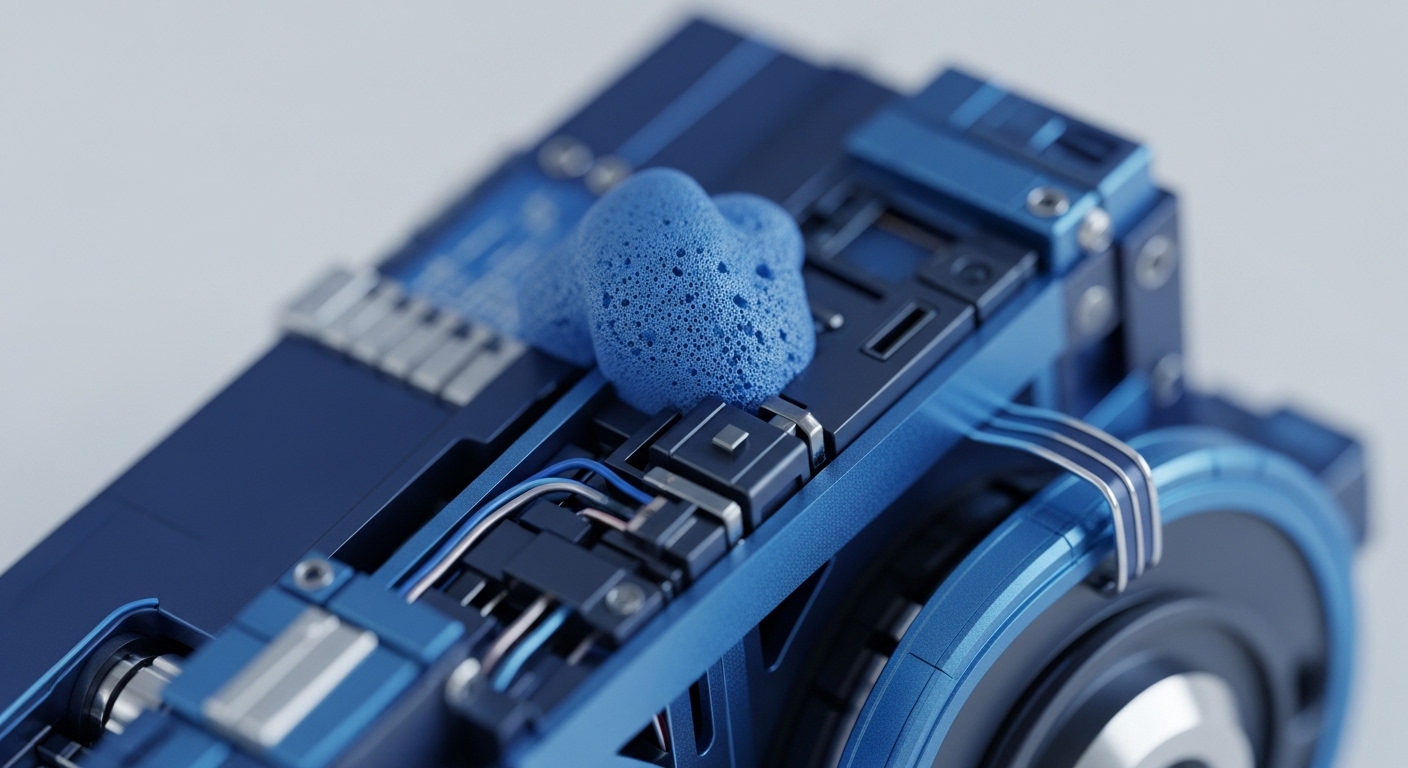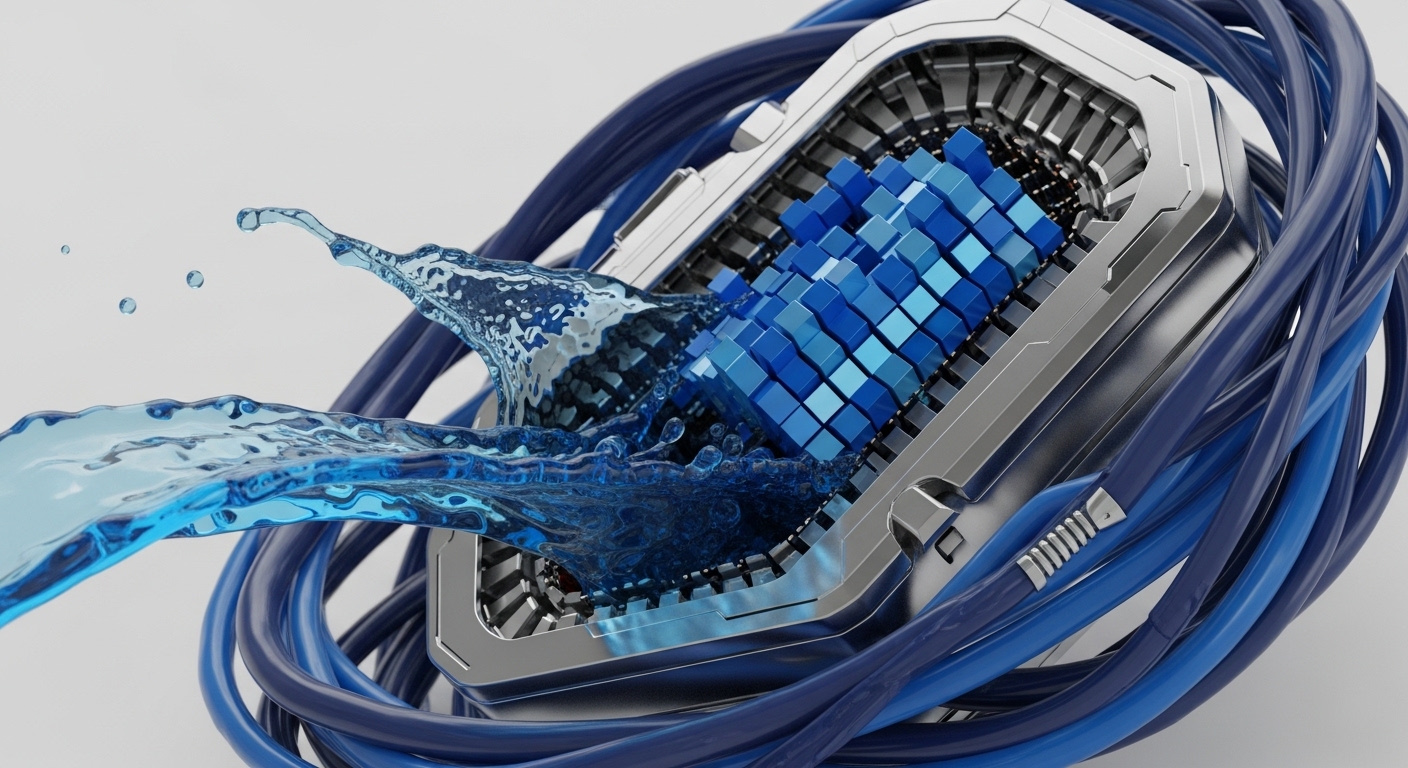
Briefing
Ethereum’s Dencun upgrade has successfully reduced average gas fees by a staggering 95% within one year, making transactions significantly cheaper. This efficiency boost was a primary goal, easing the financial burden for users on layer-2 networks. Despite this major technical achievement, the price of Ether has fallen by 53% over the same period, indicating that broader market sentiment and competition from other blockchains continue to influence its valuation. The core finding is the dramatic reduction in average gas fees, dropping from 72 gwei to just 2.7 gwei.

Context
Many people wonder if Ethereum can maintain its dominance amidst rising transaction costs and the emergence of new, faster blockchains. The central question is whether network upgrades truly make a difference for the everyday user and the overall health of the ecosystem. This data helps us understand how a major technical improvement like Dencun impacts the network’s usability and its competitive standing.

Analysis
Gas fees are the operational costs for executing transactions on the Ethereum blockchain, similar to tolls on a busy highway. When the network is congested, these fees rise due to increased demand. The Dencun upgrade, implemented on March 13, 2024, was designed to increase scalability and reduce these transaction costs, especially for layer-2 solutions.
Data reveals a remarkable pattern → average gas fees decreased by 95% from 72 gwei to 2.7 gwei within a year. This means a typical swap, which once cost around $86, now costs approximately $0.39, demonstrating a clear improvement in network efficiency and user affordability.

Parameters
- Dencun Upgrade Implementation → March 13, 2024
- Average Gas Fee Reduction → 95%
- Gas Fee Change (2024 to 2025) → From 72 gwei to 2.7 gwei
- Average Swap Cost Change → From $86 to $0.39
- Ether Price Change Post-Upgrade → Declined 53%

Outlook
This insight suggests that while Ethereum is technically improving its core infrastructure for lower transaction costs, this alone is not enough to drive Ether’s price or fully address its competitive challenges. The market should observe whether the reduced fees translate into increased user adoption and developer activity on layer-2 networks. A key confirming signal would be a sustained increase in daily active users and total value locked (TVL) on Ethereum’s layer-2s, demonstrating renewed confidence in the ecosystem beyond just cheaper transactions.
Signal Acquired from → Cointelegraph
